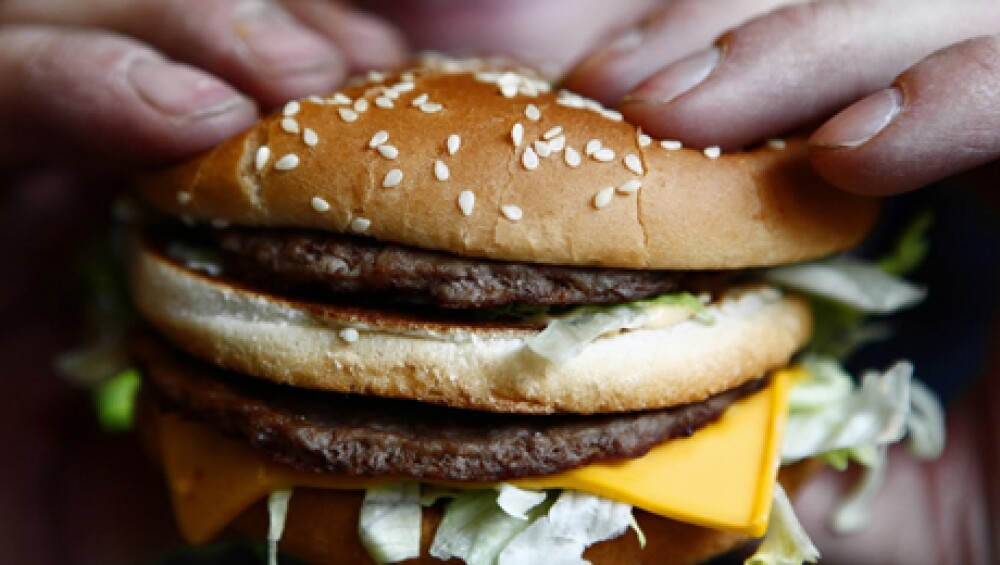In pricey Switzerland, a McDonald’s Big Mac costs $6.81 on average. The same sandwich sells for only $4.20 on average in the United States. And in India it goes for only $1.62. (The Indian version is the “Maharaja Mac,” which is made of chicken rather than beef because of local sensitivities.)
These price differences are analyzed in The Economist’s Big Mac index, which compares the price of Big Macs around the world. UBS has developed a similar index measuring how long it takes an average worker in a given country to earn enough money to buy a Big Mac.
Though the Big Mac indexes are obviously playful, their underlying goal is quite serious: to measure overvaluation and undervaluation in currencies based on the economic theory of purchasing-power parity (PPP). This theory holds that, “exchange rates should adjust to equal the price of a basket of goods and services in different countries,” according to The Economist. That is, once currency differences are taken into account, the price of a Big Mac across countries should be the same. The Big Mac indexes use this insight to show which countries’ currencies are overvalued and undervalued against the dollar, the most extreme examples being the Swiss franc and Indian rupee, respectively, as of January 12.
The Big Mac index has been further investigated by the St. Louis Fed: The 2003 research paper “Burgernomics” found something to it. Though not a perfect indicator — because Big Macs are not a tradable good — the study nonetheless “demonstrated the value of the Big Mac sandwich as a palatable measure of PPP.” Wall Street has taken notice: Marc Chandler, chief currency strategist at Brown Brothers Harriman, says, “It’s not bad for a simple model; it gives you a rough idea of basic overvaluation and undervaluation.”
But as Chandler points out, there are huge price differences between Big Macs within the United States, even within the same city. That points to a bigger problem. Economists see all Big Macs as identical, consisting of “two all beef patties, special sauce, lettuce, cheese, pickles, and onions on a sesame seed bun,” and hence as perfect for PPP assessments. But McDonald’s has very different meanings in different countries. When McDonald’s first opened in Moscow, it was treated as a delicacy and a trip to the modern world. In contrast, in the U.S., a video of the beating of a transgender McDonald’s patron by two teenage customers in suburban Baltimore generated 400,000 YouTube hits.
The Big Mac index, despite its flaws, may still give some rough insight into currencies. But as Marc Chandler points out, “No one really trades on PPP,” and hence when it comes to this tasty index, “I’m not sure what you can really do with it.”





